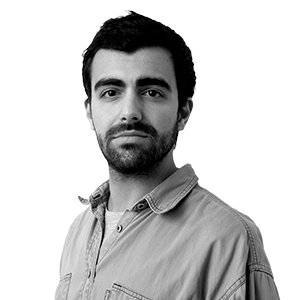An AI has been created that diagnoses ultra-rare diseases better than Google's.
The tool created by the Centre for Genomic Regulation and Harvard Medical School has identified 123 genes associated with these pathologies.


BarcelonaA team from the Centre for Genomic Regulation (CRG) and Harvard Medical School has created an artificial intelligence (AI) model to identify which alterations are most likely to cause ultra-rare diseases, even when these mutations have never been observed in any person in the world. This system should aid in the diagnosis of pathologies that have historically been overlooked and underfunded by laboratories and pharmaceutical companies.
In rare diseases, knowing for certain what is wrong with an affected individual is very complicated. In fact, one in two patients never receives a clear diagnosis. Our genome contains numerous small differences that make us unique, and among them are mutations that can cause serious conditions or disorders. However, not all mutations are harmful: some are harmless, others cause mild illnesses, but some are lethal. For this reason, having tools that allow us to predict whether a mutation is dangerous or not is essential.
The collaboration between the CRG and Harvard has culminated in the AI popEVE and, according to the conclusions of the study published this Monday in the journal Nature Genetics, It has already achieved better results than other models of this technology that are also designed to improve the diagnosis of ultra-rare diseases, such as AlphaMissense, developed by Google DeepMind.
To create the new tool, researchers used hundreds of thousands of data points from different species and existing genetic variations among humans. This extensive registry allows the tool to identify which parts of the nearly 20,000 human proteins are essential for life and which can tolerate changes. "In consultations, parental DNA is not always available, and many patients come alone. Now, popEVE can help these doctors identify disease-causing mutations, and we are already seeing this benefit in our collaborations with clinics," says Mafalda Dias, co-lead author of the study and a researcher. To validate the new tool, the authors analyzed genetic data from more than 31,000 families with children affected by severe developmental disorders, and in 98% of cases where a causal mutation had already been identified, popEVE correctly classified this variant as the most harmful in the gene.
104 genes in one or two patients
When searching for new candidate genes associated with diseases, the new AI identified 123 that had never previously been linked to developmental disorders, many of which are active during brain development and physically interact with disease-related proteins. Of these, 104 were observed in only one or two patients. However, the authors caution that the new tool only interprets DNA changes that alter proteins, but many other types of mutations exist, so it does not encompass all genetic variation. Nor does it replace clinical judgment: doctors must rely on medical histories and symptom analysis to guide diagnosis. Nevertheless, they believe it can change the underdiagnosis of ultra-rare diseases by helping doctors focus first on the most harmful variants—those that pose a risk to the lives of those affected.
